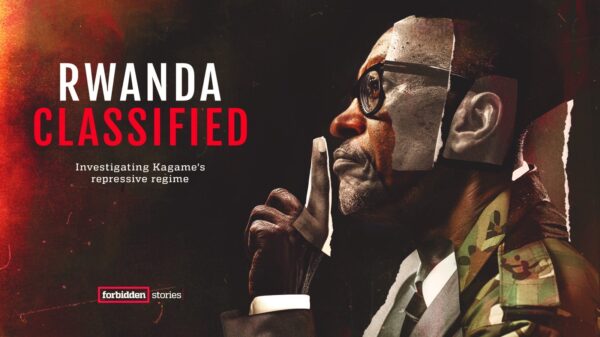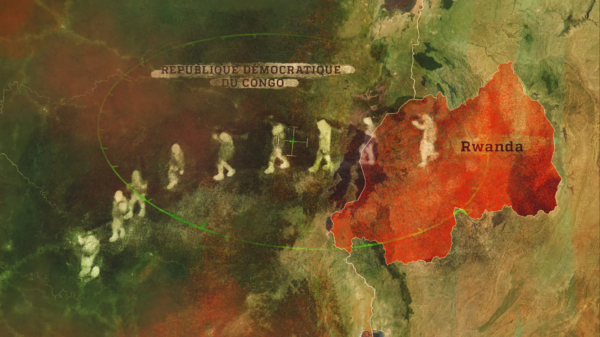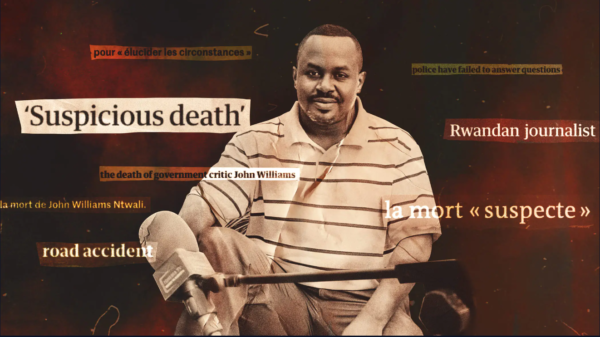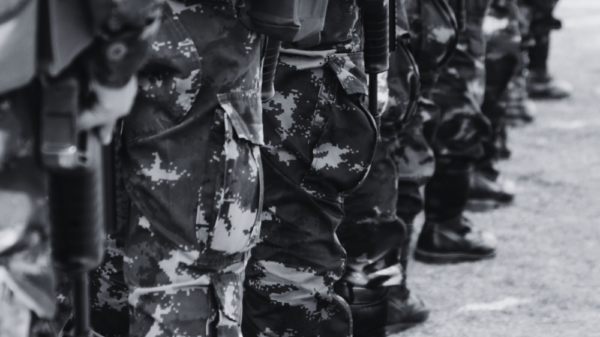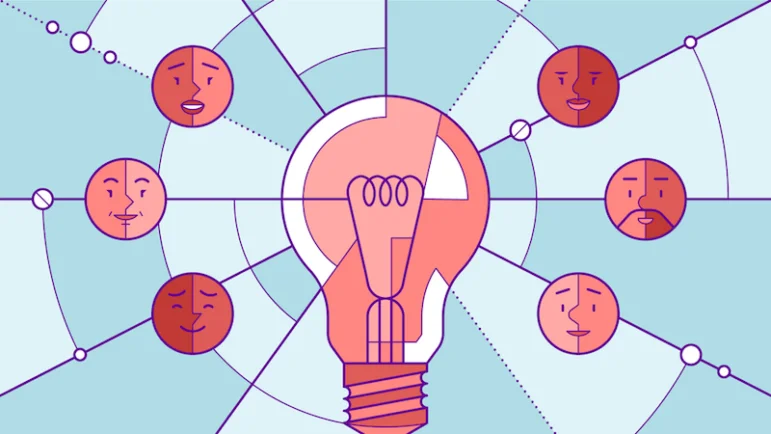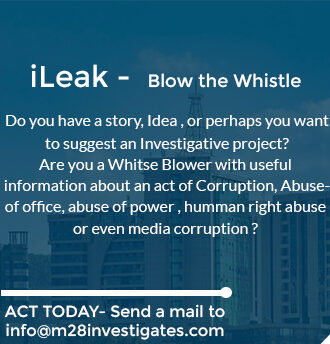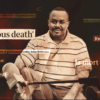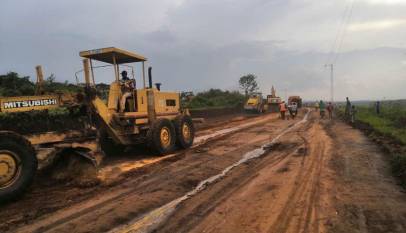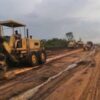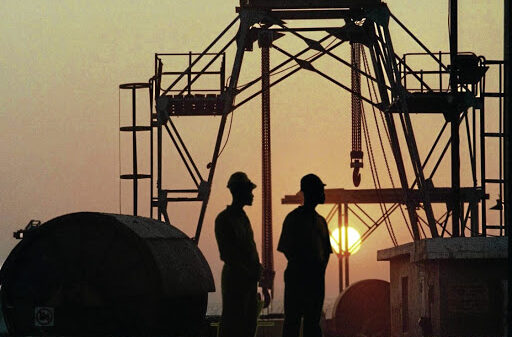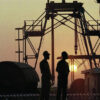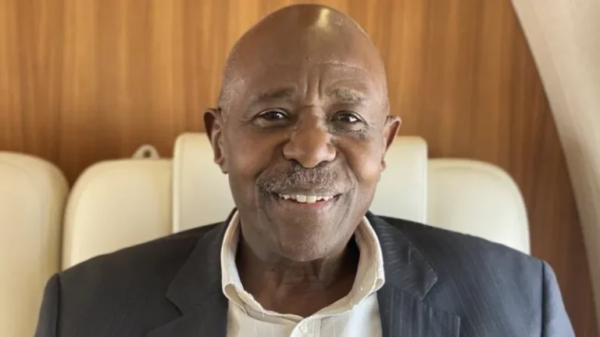When a journalist gets an idea for an investigation – regardless of its origin – they need to realise that it will not be a walk in the park. It will require months of research, preparation and marshalling sources, as well as a range of skills, an appropriate budget, and an awareness of probable risks. When a news outlet allows a journalist the time and money to pursue an investigation, they will expect to get back a final product with fairly guaranteed results. They will expect it to make the outlet’s output more competitive by providing a scoop, something that no other newspaper or channel has. As a result, the journalist will need answers to all of the following questions:
• Is the idea clear? Does it have a particular angle?
• Has it been investigated before?
• What is the new angle taken by the investigation? Is it really fresh and genuine?
• How important is it to people? Does it have relevance to their daily lives – health, education, nutrition, transport, justice, the economy, politics, good governance?
• Are the sources publicly available or not?
• Is the idea risky? If so, how risky? Where does the risk lie?
• Will proving it be difficult and complicated, or will it be easy?
• What kind of budget does it need? How much is it likely to cost, according to your estimates? Is the money available?
• What skills will be needed to pursue the investigation?
• What tools will be needed to pursue the investigation?
The journalist needs to make sure that the idea is specific rather than general and that it deals with a single issue. Imagine for example that a journalist notices that there have been many road accidents at one particular point on a motorway. The idea here is not to talk about the effect of road accidents in X country. This is a general idea and would not contribute anything new. We have to think outside the box to get a narrower angle. We need to find out, for example, whether the motorway is up to code, whether there are any engineering problems. Is its design defective? Why? Did the contractor cut corners in order to make a profit? Did the government committee responsible accept that it was fit for purpose when the project was completed? Were they perhaps paid by the contractor to turn a blind eye to structural problems? How many other roads have similar problems? Where are the bodies that are supposed to exercise oversight in these matters? Are they colluding with the contractors? Or are they incompetent, ineffective, or short on expertise? Brainstorming questions like these can lead us to preliminary research that in turn allows us to develop a specific idea. Let’s imagine for example that defects in the design and construction of motorways in Country X (corners were cut, oversight bodies turned a blind eye) have led to an increase in the number of motorway accidents and deaths between 2015 and 2019.
During preliminary research, the journalist needs to find out whether this story has been covered before. This requires no more than a brief Google search. If the story has already been done, then they rethink the angle or move on to other ideas. The journalist also needs to work out how interested the public is likely to be in the story: the more people it affects, the more important it is. But we also need to be wary of simple crowd-pleasing journalism. Investigative journalism’s job is to serve the public interest by holding people accountable.
Another important question is that of risk. Investigative journalism is not a walk in the park – especially in a region that is no friend of freedom and democracy. Every idea for an investigation involves some risk, be it legal, physical, or digital, and the journalist needs to be aware of what that risk is and how best to avoid it. If they conclude that they would be risking death by investigating, the best thing is to stay away. No story is worth dying for.
We will talk more about how to assess and minimise risk, and about the importance of professionalism in this regard, in later chapters. If, after asking themselves these questions, a journalist concludes that the idea is fresh and original and of interest to the public, that the sources are not entirely inaccessible, that the budget, skill sets and tools are all available (or can be got hold of), then we move on to stage 2: coming up with questions and answers in order to produce a hypothesis.

